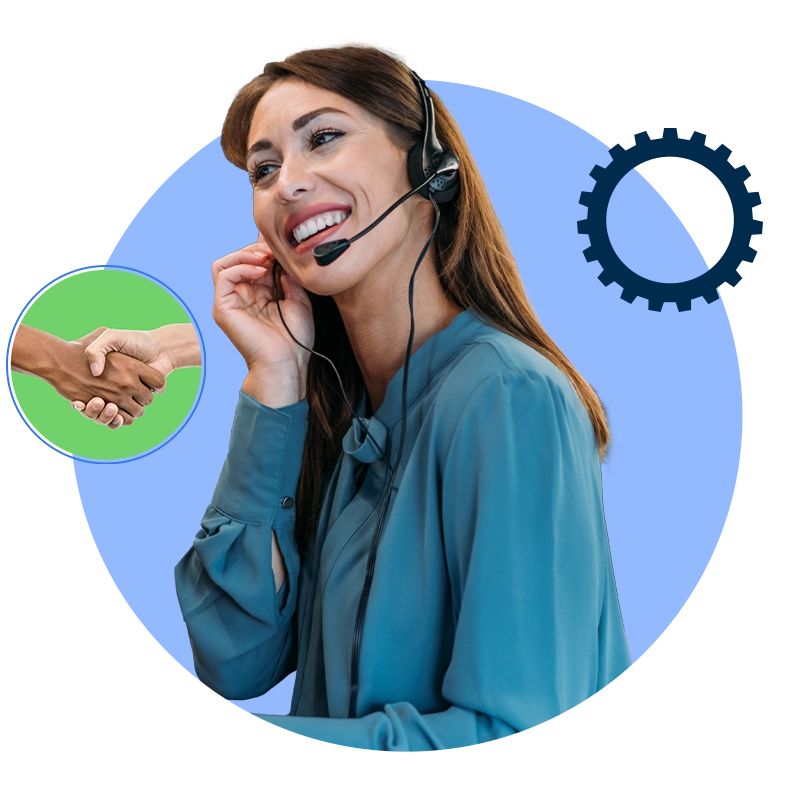September is “Bourbon Heritage Month,” and as America’s native spirit, it is certainly worth celebrating. The iconic spirit is rich in history and also quite successful in terms of revenue, volume, and exports within the U.S. spirits market.
Let’s toast to bourbon and go over some of its historical context and economic impact.
What Makes it Bourbon?
Bourbon doesn’t technically ‘have’ to be made in Kentucky, but over 90% of it comes from the Bluegrass State. There are some other stipulations that classify a spirit as bourbon, which are:
- It is primarily made of corn mash (at least 51%)
- Distilled up to 160 proof
- Aged in oak charred barrels
- Aged up to 125 proof
Origins of Bourbon
America’s first European settlers brought early, rugged iterations of stills and the knowledge to use them. They wanted to bring some of their culture with them to a new land. As the first settlers moved into Virginia and expanded outward, they discovered the fertile ground in neighboring territories.
Thomas Jefferson helped move things along by offering 60 acres to farmers in the western portion of Virginia as long as they grew corn. This western area of Virginia later became Kentucky in 1972. The general farming infrastructure was still primitive at the time, leaving farmers little time to grow, harvest, and move corn before it spoiled. This led to them distilling excess corn into whiskey and storing it in barrels.
By the time of the early 1800s, farmers began certain practices that are now mandatory conditions for aging bourbon. The first revolves around the type of barrel used. Plenty of oak barrels were available, which were used to store all kinds of goods. Farmers began using these barrels but knew they had to sanitize them before storing bourbon. This is where the practice of charring the inside of the barrels was introduced.
The second condition centers on time. Because of the lack of speedy transportation options at the time, these barrels would often take months to arrive at their final destination. The clear corn-based whiskey would slowly transform into an amber-brown hue while absorbing natural flavors from the charcoal-lined interior, caramelized sugars, and the tannins and lipids naturally found in the oak. These barrels were primarily transported by steamboat, meaning they were sent north to Ohio and made their way down the Ohio River to Cincinnati, Memphis, and the port of New Orleans. The longer they stayed in the unopened barrels, the more color and flavor they absorbed.
There is some debate around the source of the name, with some believing it was inspired by the famed Bourbon Street in New Orleans. Though many historians believe it is derived from Bourbon County in Kentucky, as many of the oak-charred barrels had ‘Bourbon County’ stamped on the side of them, and as businesses noticed the demand for that darker, flavorful Kentucky whiskey, they would request more barrels by name – Bourbon.
Looking at the Modern Bourbon Market
Since its birth, bourbon has surged in popularity and profitability. 95% of the world’s supply comes from the Bluegrass State, making it an economic boon for the local distilling industry. According to the Kentucky Distillers’ Association (KDA), distilling “generates more than 22,500 jobs with an annual payroll topping $1.23 billion.”
The success of the industry has a significant impact on the state. Kentucky taxes distilling operations higher than any other local industry, generating “$286 million in local and state tax revenue each and every year.”
KDA predicts this trend to push upward and generate more than 24,000 jobs and $308 million in local and state tax revenue by 2025.
America’s native spirit also has international success. According to the Distilled Spirits Council of the United States (DISCUS), exports of the ‘American Whiskey’ category (bourbon, rye, whiskey) reached $1.3 billion in 2022. The top five export markets were the Netherlands, Australia, the U.K., Germany, and Japan.
DISCUS also reported that more than 31 million 9-liter cases of American Whiskey were sold domestically in 2022, generating nearly $5.1 billion in revenue for distillers. Of the top five spirits categories sold in 2022, American whiskey ranked third in terms of volume and revenue.
Get in the Spirit of Things
Whether you want to channel your inner Don Draper with an Old Fashioned, go metropolitan with a Manhattan, or try adding bourbon to another famous cocktail to try something new (i.e. a Kentucky Mule or John Collins), you can’t go wrong with the high-quality bourbon produced in the heart of America.
Celebrate Bourbon Heritage Month in style – and responsibly – with your favorite batch.






